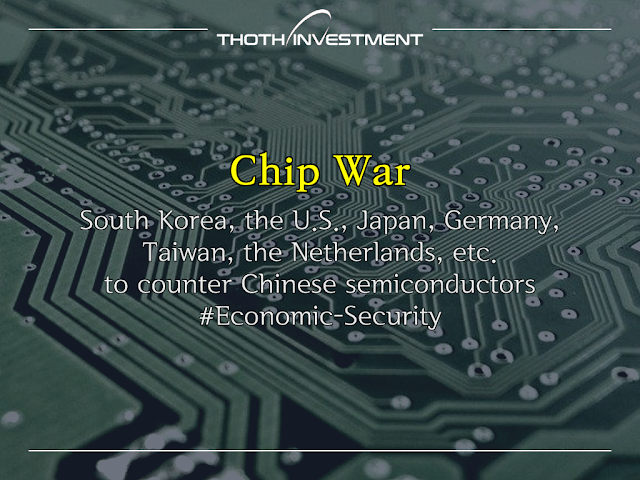TSMC secures $5B in US CHIPS grants
TSMC secures $5B in US CHIPS grants
U.S. CHIPS grants: $39 billion + $75 billion (loans and loan guarantees)
Samsung Electronics, Intel, Micron, and others expected to receive grants
Taiwan's TSMC is expected to receive more than $5 billion in subsidies under the U.S. Semiconductor Support Act (CHIPS). Samsung Electronics, Intel (INTC: US), and Micron (MU: US) are also expected to benefit from the subsidies.
The CHIPS Act will provide $39 billion in direct payments and $75 billion in loans and loan guarantees, with $28 billion of the $39 billion going to advanced semiconductor production lines.
 |
| CHIPS grants |
The problem is that the direct subsidy payments from the U.S. Semiconductor Support Act (CHIPS) are $39 billion, while semiconductor companies have applied for more than $70 billion, making it difficult to fully fund the program.
Samsung is reportedly discussing additional investments in the U.S., pledging to invest more.
TSMC is investing about $40 billion to build two semiconductor production lines in Arizona, USA.
Samsung has invested approximately $17 billion in Texas, and is considering additional investments.
The US Department of Commerce is expected to finalize the announcement of the subsidy plan by the end of the month.
 |
| Samsung Fab in Pyeongtaek Korea |
But there's a catch.
Why is it so hard to build a semiconductor factory in the U.S.?
The problem is a labor shortage.
- Semiconductor Construction Labor Shortage
- Rising semiconductor construction costs
- Shortage of semiconductor technology development and production manpower
Basically, while building semiconductor production lines is a no-no, so is semiconductor technology development and production, which means that for Americans who value work-life balance and want to be paid fairly for their labor, semiconductor-related jobs are not very attractive.
Because of this, TSMC has been eager to bring its technical talent to the U.S., but the U.S. has been reluctant, highlighting the labor shortage.
Semiconductor producers that do move to the U.S. will likely find that the cost of producing semiconductors will be higher than in South Korea, Taiwan, Japan, and elsewhere, and they will feel a lot of pressure to compete on price.
Will the westward march of semiconductors succeed?
Powered by, THOTH Investment



Comments
Post a Comment